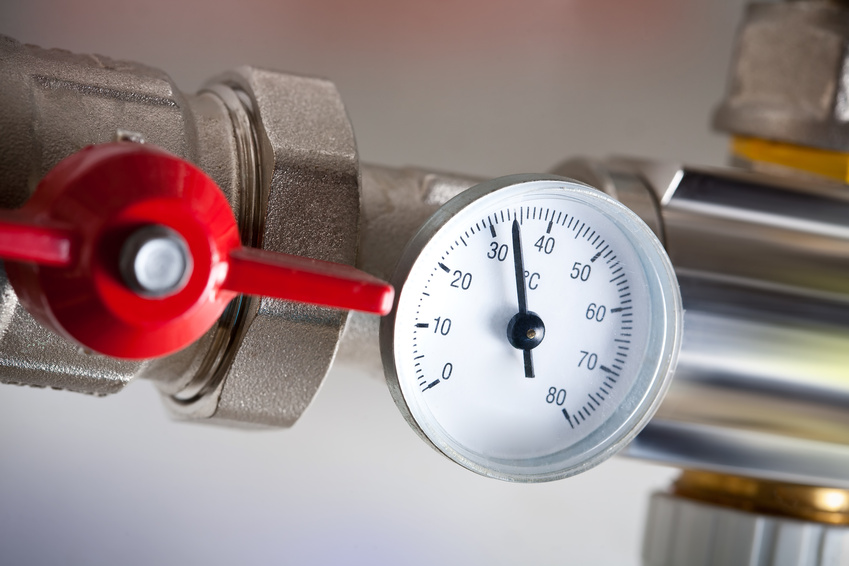
A flow measurement quantifies bulk fluid movement, and it can be measured in a number of different ways. Positive displacement flow meters accrue a certain volume of liquid and count each time the volume is filled to capacity to measure flow. Another method relies on forces that are made by a stream or other water current as it overtakes a construction of some sort, which indirectly calculates flow. Another way to measure flow is by computing the velocity of liquid over a given area.
For example, variable area flowmeters, more commonly referred to as a rotameter, whci is a tapered glass tube that contains a float. That float is pushed upwards by the flow of liquid and at the same time pulled down by the force of gravity. When flow increases, there is greater pressure on the internal float, and it will rise until it is stablilized in an area of the glass tubing that is wide enough that all of the forces can balane
Turbine flowmeters or an axial turbine rotates the liquid flow around an axis. This translates the flow into a readable rate of flow, of which the measurement varies (lpm, gpm, etc.).
Many things control the measurement of flow in different flow meters. You have differnt flow indicators in different meters such as the variable area flowmeters, and different flow switches to control the movement of liquid.
so, why would you want to measure the flow of water? i mean, i get that you would do it on like a river or something but why?
Well, considering one of the mentioned methods was turbines, that brings to mind a generator, and hydroelectric power …
Well, considering one of the mentioned methods was turbines, that brings to mind a generator, and hydroelectric power …
Well, considering one of the mentioned methods was turbines, that brings to mind a generator, and hydroelectric power …
Well, considering one of the mentioned methods was turbines, that brings to mind a generator, and hydroelectric power …
Well, considering one of the mentioned methods was turbines, that brings to mind a generator, and hydroelectric power …
Well, considering one of the mentioned methods was turbines, that brings to mind a generator, and hydroelectric power …